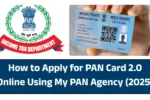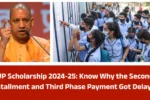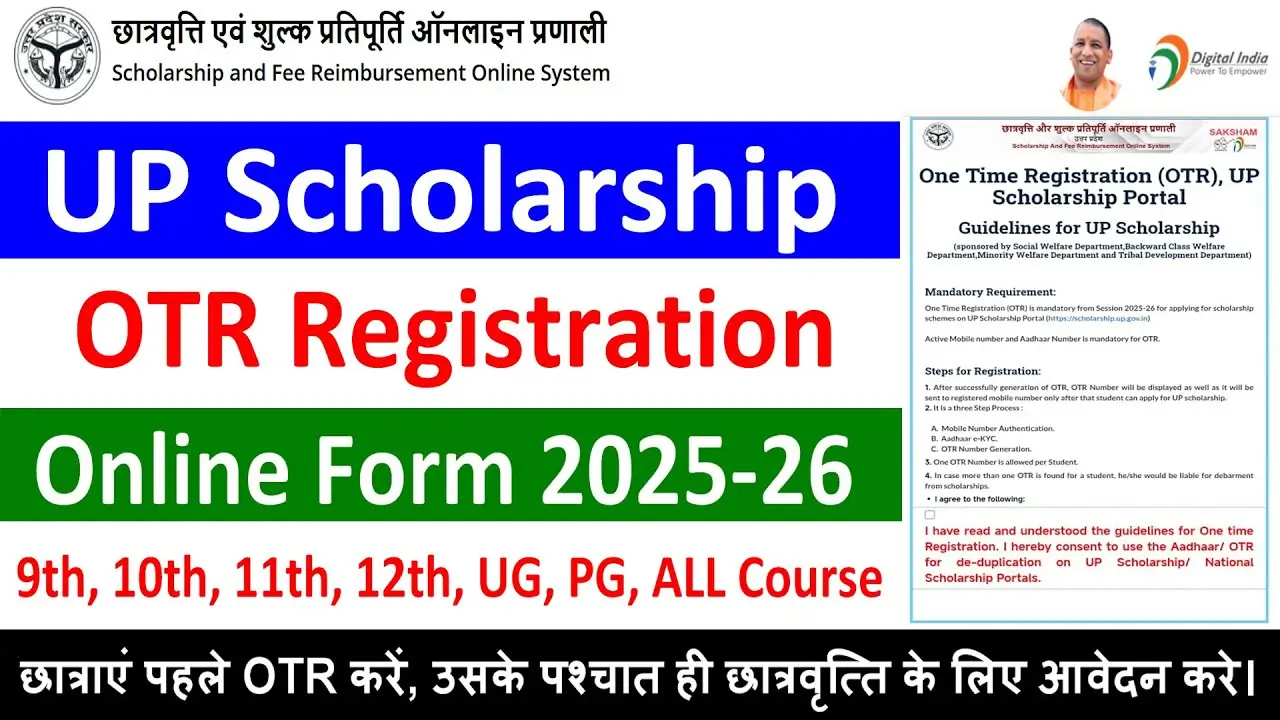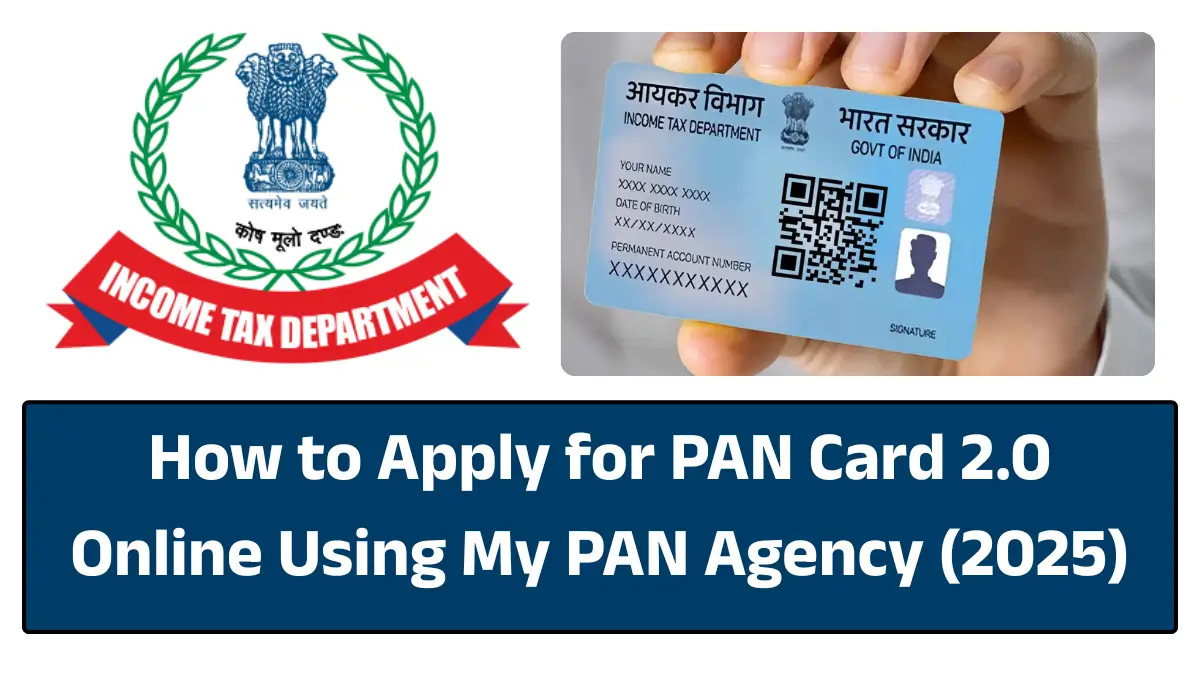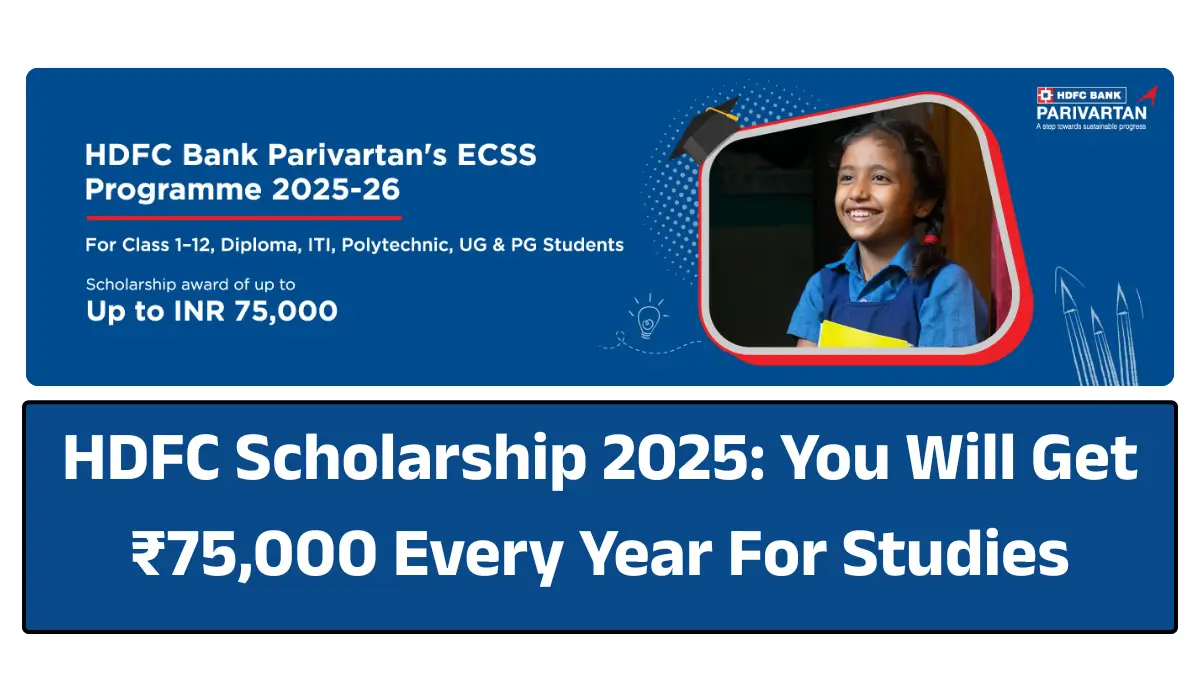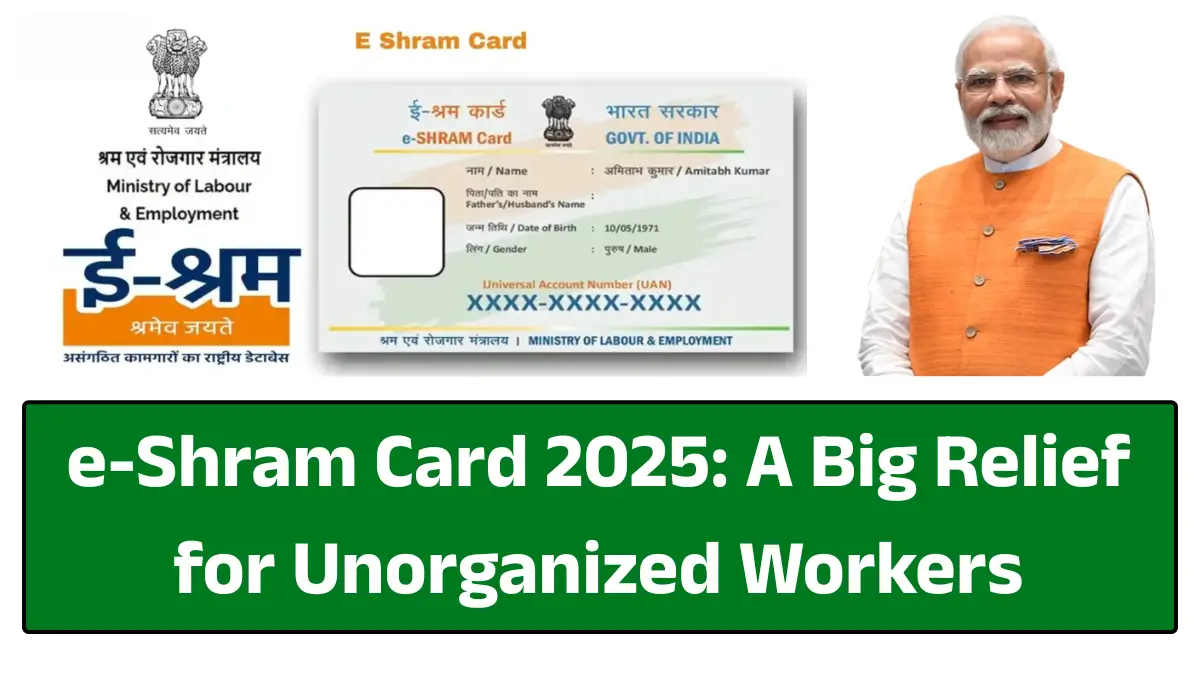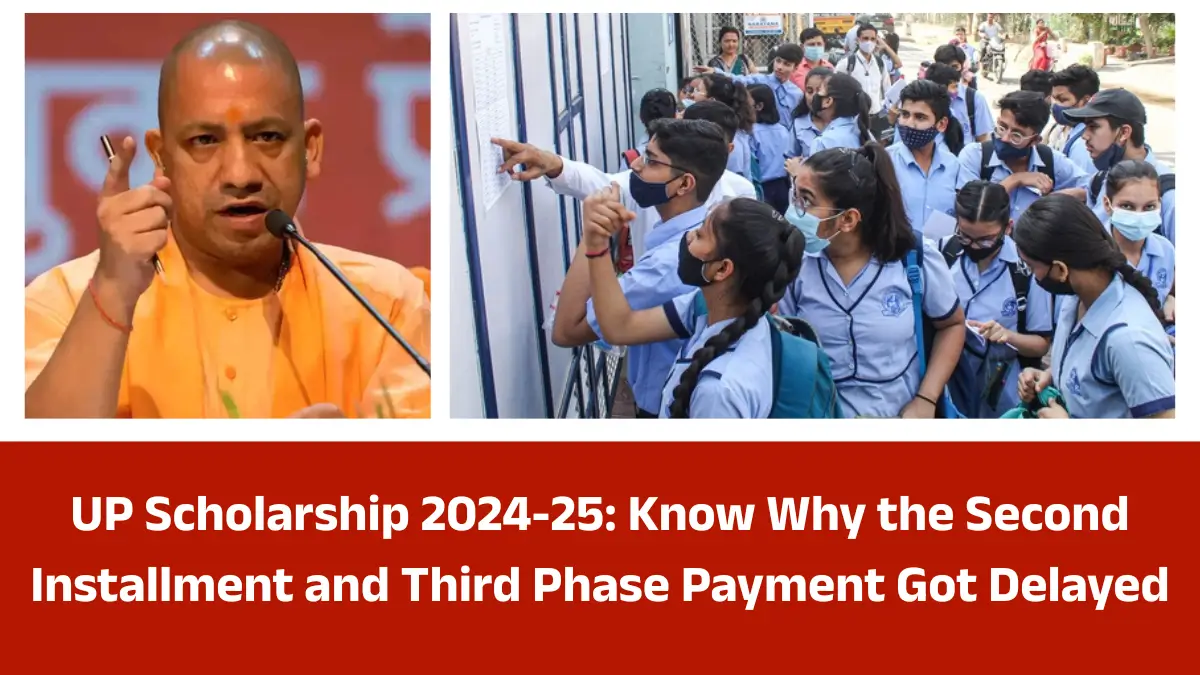The Andhra Pradesh government has taken a significant step to support children’s education and empower mothers financially. Under its new scheme named ‘Talliki Vandanam‘, the state will provide ₹15,000 annually to every mother whose child is studying in any recognized school or junior college from Class 1 to 12. The scheme aims to ensure that no child is deprived of education due to financial limitations. It will be implemented from the academic year 2025–26 and will function entirely through a Direct Benefit Transfer (DBT) system.
Money will be directly transferred to the mother’s account
The most important feature of this scheme is that the financial assistance will be transferred directly to the bank account linked with the mother’s Aadhaar. No middlemen will be involved in the process. If the mother is unavailable due to any reason, the amount will be credited to the father’s or legal guardian’s account. This system ensures that the support reaches the person responsible for the child’s education and care.
Which schools and colleges will be covered?
The scope of the Talliki Vandanam scheme is extensive. It includes all students from Class 1 to 12 who are studying in government, aided, private unaided schools, junior colleges, and residential institutions. The scheme especially benefits those children from economically weaker sections who are enrolled in private institutions. It is expected to reduce school dropouts and improve regular attendance.
Eligibility based on income and property
The government has set clear eligibility criteria to ensure that only genuinely needy families receive the benefits. Families in rural areas must have a monthly income of less than ₹10,000, and in urban areas, less than ₹12,000. Additionally, one member of the family must possess a valid rice card. Families with more than three acres of wetland or ten acres of dry land, ownership of a four-wheeler (excluding tractors, autos, and taxis), average monthly electricity consumption above 300 units, or ownership of a house larger than 1000 square feet are not eligible. Income tax-paying households are also excluded from the scheme.
Sanitation workers and orphans are included
Certain groups have been given exemptions. Sanitation workers, even if they fall under some of the disqualifying conditions, will still be considered eligible if their income is below the threshold. Orphaned and street children who are enrolled in schools through registered NGOs will also benefit from this scheme. In such cases, the payment will be made through the respective District Collector to ensure proper delivery.
Student attendance is mandatory
The scheme will not be automatically renewed each year. To remain eligible, students must maintain at least 75% attendance during the academic year. This condition has been introduced to ensure that children regularly attend school and make meaningful academic progress. It also encourages parents to take more responsibility for their child’s education.
How will children studying under RTE get benefits?
Children admitted to private schools under Section 12(1)(C) of the Right to Education (RTE) Act will have their tuition fees directly paid by the government. If the total fee is less than ₹15,000, the remaining balance will be credited to the mother’s or guardian’s account. This will encourage families to enroll their children in better educational institutions without worrying about affordability.
Data collection and verification process
Currently, the School Education Department and the Board of Intermediate Education are collecting Aadhaar-linked data of students and their parents. This data is being cross-verified with records from the Civil Supplies Department and other government databases to remove duplicate entries and accurately identify eligible beneficiaries. If a child is found in the database but the mother or guardian is not, field verification will be conducted to confirm details.
Grievance redressal at village and ward level
If a deserving family is left out due to technical issues or eligibility misjudgments, they can file a complaint at the village or ward secretariat. The government has put in place a proper grievance redressal mechanism to ensure that the benefits reach every eligible family without unnecessary delays.
Conclusion
Talliki Vandanam is not just a government scheme; it is a thoughtful step toward empowering mothers and strengthening the future of children. When mothers are financially supported, they can ensure that their children continue their education without disruptions. This initiative has the potential to bring meaningful change in thousands of lives across Andhra Pradesh. If your family qualifies under the given conditions, you should definitely apply and benefit from this scheme.



